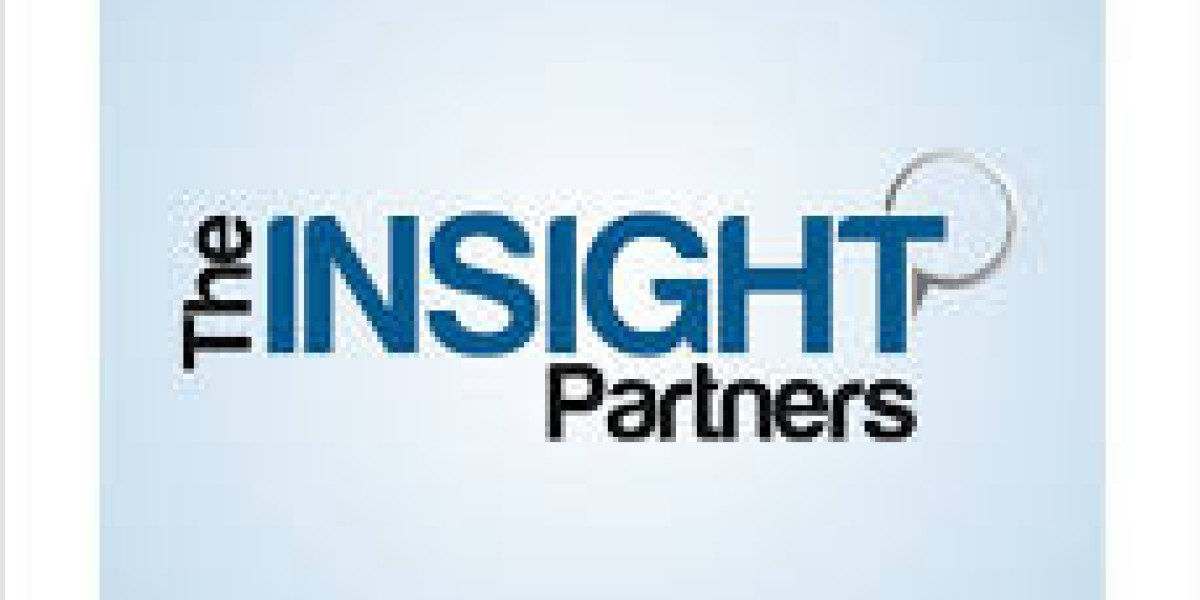The global anti-retroviral drugs (ARVs) market is a critical pillar in the ongoing fight against HIV/AIDS. These life-saving medications have transformed HIV from a fatal diagnosis into a manageable chronic condition, significantly improving the quality of life and life expectancy for millions worldwide. The market's trajectory is consistently upward, driven by expanding treatment access, continuous advancements in drug development, and global initiatives aimed at eradicating the disease.
North America currently dominates the market, largely due to a high prevalence of HIV, advanced healthcare infrastructure, and significant R&D investments. However, the Asia-Pacific region is anticipated to be the fastest-growing market, fueled by increasing awareness, improving healthcare access, and the rising burden of HIV infections.
The market is segmented by drug class, with multi-class combination drugs holding the largest share. This trend is driven by the effectiveness of these fixed-dose combinations in achieving viral suppression and simplifying treatment regimens, thereby improving patient adherence. Integrase inhibitors are also a significant and growing segment, often recommended as first-line treatment due to their potency and favorable side effect profiles.
Key trends shaping the ARV market include the development of long-acting injectable formulations, offering a convenient alternative to daily oral pills and addressing issues of adherence and stigma. There's also a growing focus on personalized medicine, tailoring treatments based on individual genetic profiles and viral characteristics. Furthermore, the expansion of Pre-Exposure Prophylaxis (PrEP) for HIV prevention is creating new market opportunities, as more individuals at risk of infection utilize these preventative medications. The increasing availability of generic ARVs, particularly in low- and middle-income countries, is crucial for expanding treatment access and affordability.
Despite the positive outlook, the market faces challenges such as the high cost of novel therapies, which can limit access, especially in resource-constrained settings. The emergence of drug resistance also necessitates continuous R&D to develop new drugs with different mechanisms of action. Moreover, ensuring equitable access to ARVs and addressing the persistent stigma associated with HIV remain critical hurdles. However, ongoing global funding initiatives, government support, and strategic collaborations among pharmaceutical companies, NGOs, and governments are paving the way for a more accessible and effective future in HIV management and prevention.
Get Sample Report: https://www.theinsightpartners.com/sample/TIPRE00040024
Author's Bio:
Nilesh Shinde
Senior Market Research expert at The Insight Partners








